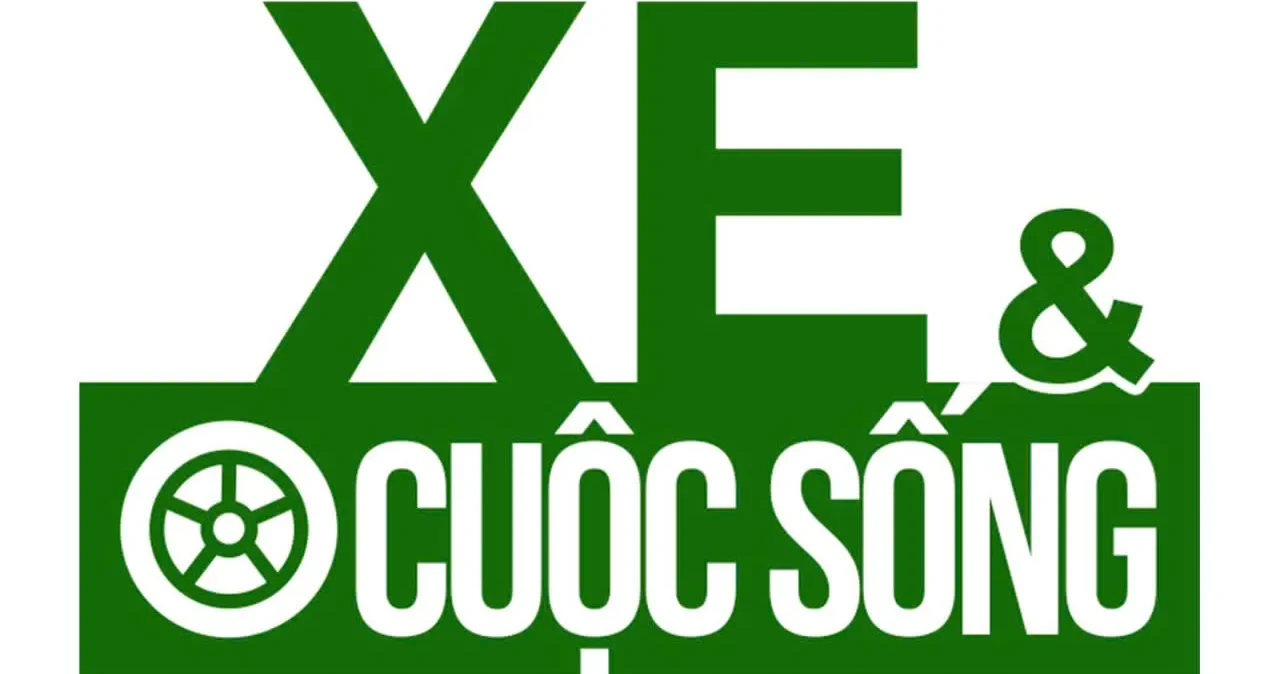HCM CITY — Green growth and sustainable development are now inevitable trends for Vietnamese rubber enterprises to increase exports and competitiveness in export markets.
 |
| Packing processed rubber products. The export markets now have many requirements on environmental protection for Việt Nam’s rubber export products. — VNA/VNS Photo |
Those markets, especially in Europe and America, now have many requirements related to environmental protection for Việt Nam’s rubber export products.
In addition to the green growth strategies within rubber processing and exporting enterprises, they also take responsibility for guiding smallholders to also carry out green development.
The Việt Nam Rubber Group has launched a green growth strategy, applied from rubber plantations to processing factories, for the group’s member enterprises.
To secure long-term export contracts, Phước Hòa Rubber JSC must plant and process rubber according to specific procedures to maintain product quality, according to general director Nguyễn Văn Tước.
In addition, the company prints QR codes on its products to help customers trace the origin and verify the green raw materials of rubber plantations. The company also supports rubber smallholders in implementing green production.
Phước Hòa Rubber has also set green production criteria for rubber smallholders to develop a sustainable production chain. The company will support funding for smallholders to meet these green criteria.
By 2050, the company will aim to complete its green development strategy.
Phú Riềng Rubber Co, Ltd in Bình Phước Province, has also approached the criteria for sustainable forest development, according to Phú Riềng Rubber chairman Lê Văn Doanh.
As of 2023, ten out of 12 of the company’s rubber farms achieved sustainable forest certification while the company continues to implement green production regulations, significantly improving the quality of its rubber products.
For companies involved in producing rubber products, sustainable development is the top criterion to expand export markets, particularly to demanding markets such as Europe, the US and the UK.
In these export markets, raw materials must ensure traceability and be produced and managed according to international standards.
In addition, operating a rubber latex processing factory or a rubber wood processing factory requires a large amount of energy, so the companies are being encouraged to reuse treated water and use solar energy.
Nguyễn Danh Khương, deputy general director of Đồng Phú Technical Rubber JSC, said that in recent years, Đồng Phú has been producing green products using power from a rooftop solar system.
In Nam Tân Uyên and Bắc Đồng Phú industrial parks, processing plants have been invested and managed by rubber companies, with strict implementation of environmental criteria. They are specifically re-using water, so called brown water, after it has being treated, for secondary activities in the factory and workshops.
Meanwhile, general director of Thuận An Wood Processing JSC Lê Thị Xuyến said that to ensure export, products must meet requirements related to labour safety and the working environment.
Every year, European customers require the company to evaluate and report on compliance with standards related to labour safety and working environment.
The rubber industry’s synchronised development of green growth and sustainable development strategies has brought greater benefits in production and business of this industry, Xuyến said.
Investing in modern equipment helps reduce manual work and increase productivity. At the same time, it increases product value and promotes consumption in both domestic market and traditional export markets, she said.
Nguồn: congthuong.vn

















